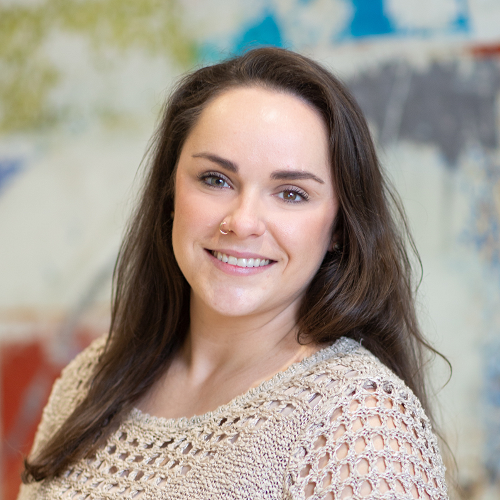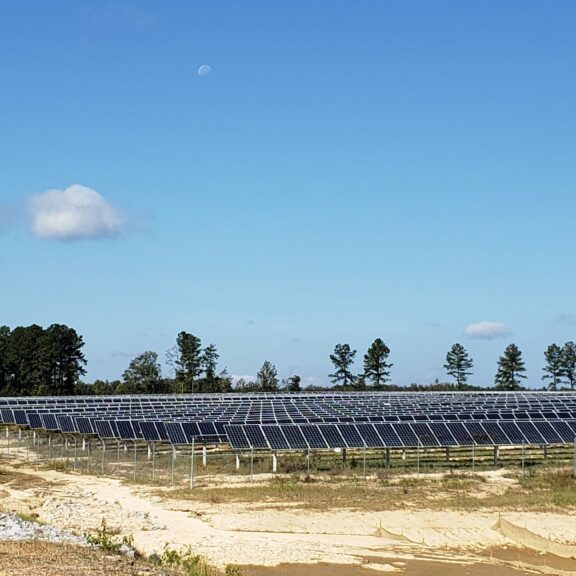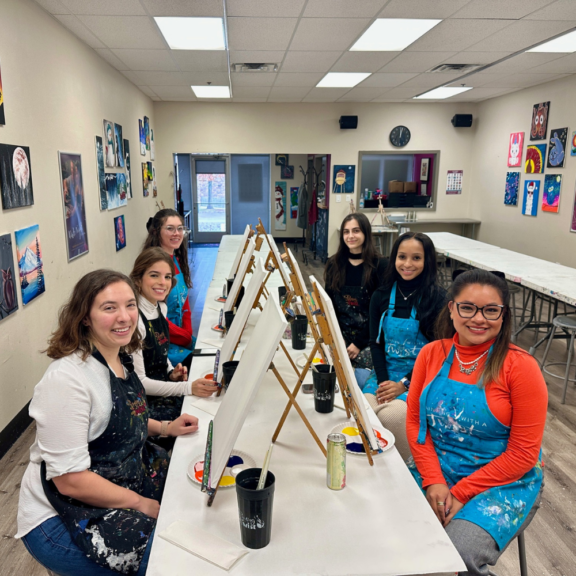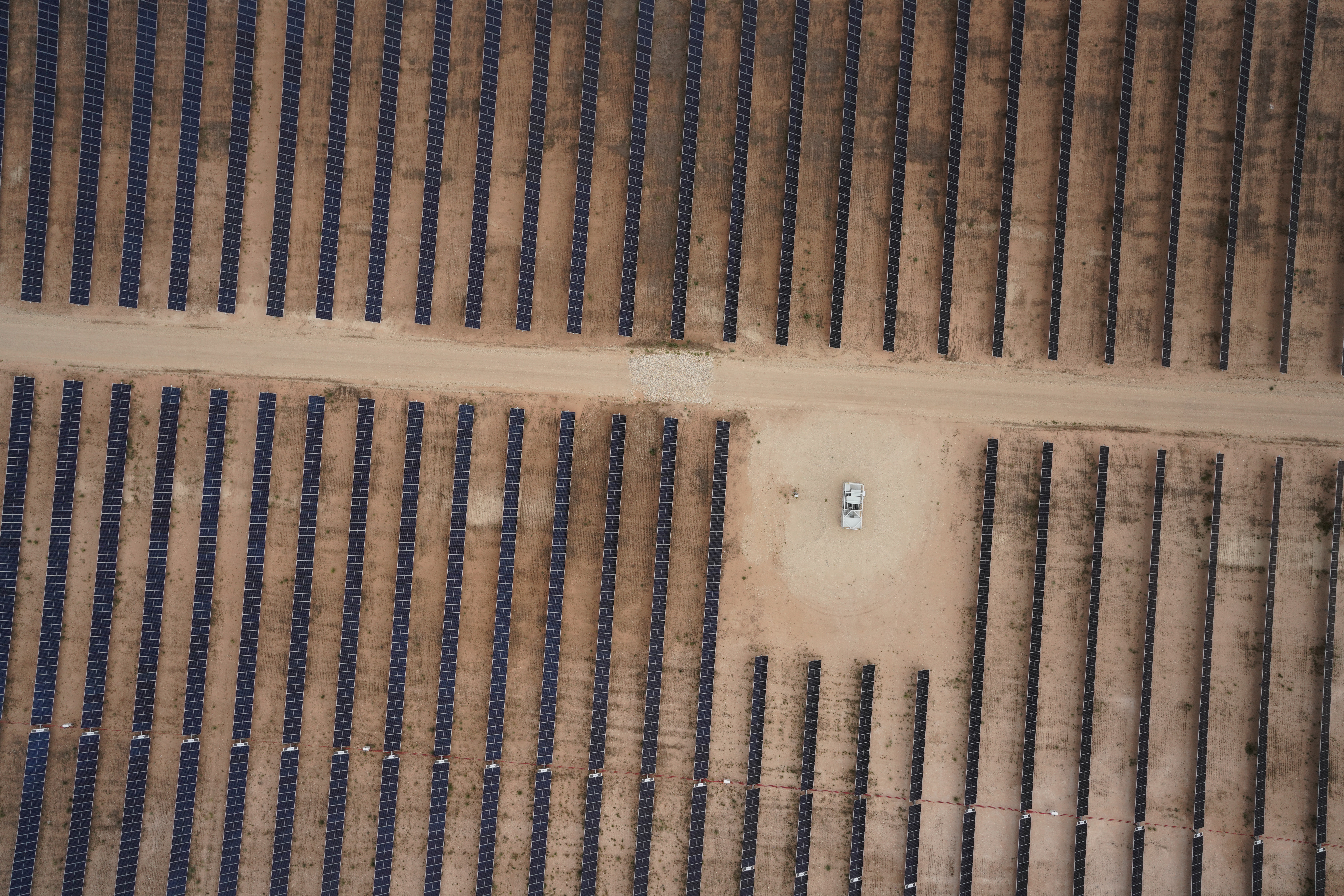“It just makes sense that we’re moving in the direction of carbon neutrality,” says Chris Dodson, the leader of Timmons Group’s Field Operations Division. “Field Operations is our largest growth section of the company, and the renewables practice is gaining a lot of traction. Our first wind project was in 2013 and in 2017 we knew we needed to build the team out because the industry was booming. Now, we manage 57 renewables practice folks in four offices: Our Richmond headquarters, Charlotte, Dallas, and Phoenix. Our next milestone would be to reach 100 team members by 2023.”
As Timmons Group’s Field Operations division grows (and quickly at that), Chris’s role is to hone in on each group’s specialties and oversee them in client management, production, and business development. Chris’s Field Operations division is responsible for renewable energy, environmental services, land surveying, geotechnical engineering and materials testing, and construction administration. Out of more than 220 individuals that Chris manages across the division, about 60 are renewable energy experts who work on solar, battery, and wind projects.
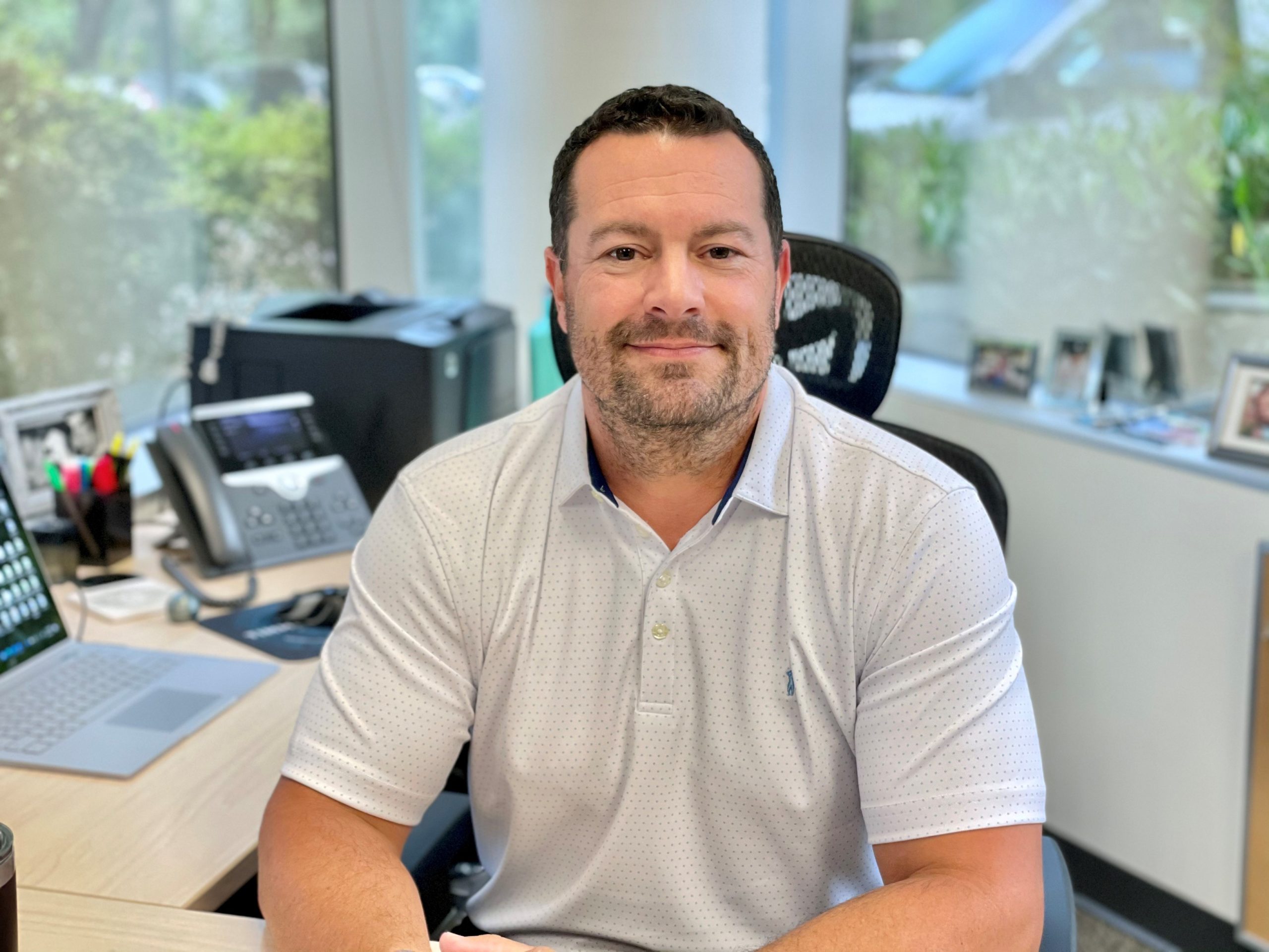
On the topic of renewable energy… Today is Global Wind Day! Timmons Group has been taking on wind projects for over eight years now and we’ve celebrated our fair share of Global Wind Days, but they never get old. Each year we seem to learn something new about wind energy and our renewables practice here at Timmons Group.
Though the holiday was coined by two European organizations (Global Wind Energy Council and WindEurope), Global Wind Day is celebrated across the world as a reminder of the benefits of wind energy to those who are familiar with the concept—and as a catalyst in conversation for those who aren’t familiar yet.
Not being overly familiar with wind energy myself, I went to Chris to pose a handful of questions. We ended up chatting for nearly an hour about how Timmons Group is involved in wind energy projects, why we’ve invested so much into the practice, and how exactly wind energy can be beneficial for the world. Needless to say, I got an amazing overview of the practice in its entirety and am now a firm believer that wind is where it’s at.
Early in our conversation I prompted Chris with the question: Why wind? I kind of chuckled as soon as I asked because I realized immediately that it’s pretty obvious, isn’t it? Wind is about as renewable as it gets.
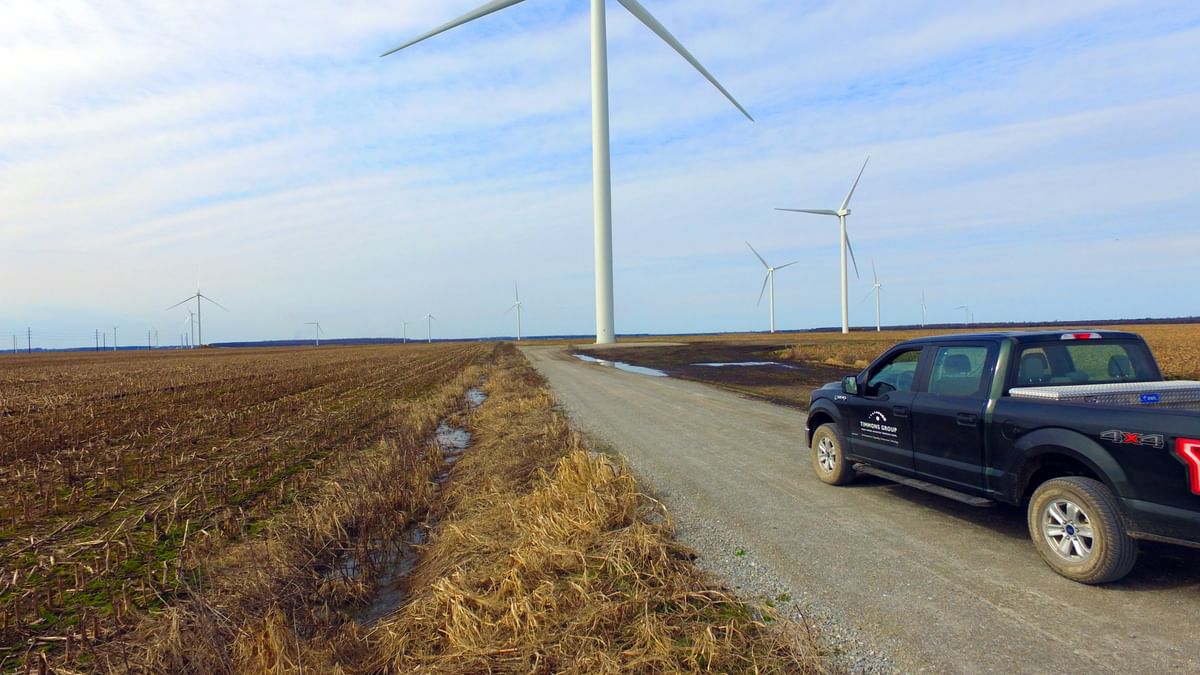
Desert Wind Farm in North Carolina
“Wind is carbon neutral,” Chris started. “It’s actively helping us move away from fossil fuels, which contribute massively to greenhouse gases and climate disruptions. It’s cost effective and creates jobs. It’s sustainable and domestic. Wind turbines can be placed in the middle of a farm with virtually no interruptions to farmland or livestock. There are so many benefits to wind.”
Of course some of the benefits that Chris mentioned at first are pretty well-known incentives to move to wind energy, like the fact that it’s carbon neutral and that it helps lower greenhouse gases that are produced by fossil fuels like coal, natural gas, and petroleum. But when he started mentioning the ways wind energy can be easily implemented into farmland, I was really intrigued.
“We have this massive corridor in the west that’s wind-rich agricultural land. Well, what can you put in the middle of a farm that doesn’t interrupt the farm itself? Wind turbines. Turbines don’t take up much room and farmers can still produce crops and have livestock,” Chris says.
According to Chris, another less commonly known benefit of wind is that once the infrastructure is created, a solar farm can easily make use of the energy infrastructure that the wind farm already uses.
“Older turbines that have been out there for 10+ years are needing to be rebuilt in the next few years, but the infrastructure is already there, so what we’re doing is going back in and providing upgraded transport and road networks and redoing some of the turbine pads so that we don’t have to start from scratch. When you replace the turbine, there’s no need to scrap the infrastructure that surrounds it, so we’re just updating it as we go.”
Chris says that the industry is starting to see a lot of solar located with wind. “For wind infrastructure, you have to build these big transmission backbones. Solar doesn’t support that from a cost standpoint, so if a wind farm is already there, you may as well tack a solar panel onto it and save resources,” he says. In addition, wind doesn’t require the sun, so it works at night when solar doesn’t. And on top of that, wind commonly picks up at night. So, in places where a solar farm can benefit from a wind farm’s existing infrastructure, the energy output is higher.
While they do take several years to come to fruition, once they’re running, wind farms can inject incredible amounts of power into the grid. And as fossil fuels are becoming less prominent in our energy infrastructure, work in the wind industry is beginning to pick up.
As demand for wind energy increases, the size of each turbine increases too. The average wind turbine is 280 feet tall and has a tower that is 15 feet wide in diameter. The blades can range anywhere from 160 to 180 feet in length, and for reference, that’s about the width of a standard football field. Wind farms can utilize as few as three to five turbines or as many as 200. At the time of writing, the largest wind farm in the United States is the Alta Wind Energy Center in Tehachapi, California. It has the capacity to produce 1,548 megawatts an hour, which is roughly enough energy to power 450,000 homes in a day if every turbine is working at its full capacity.
A modern concern of wind energy is that decommissioned parts of turbines may not be as recyclable as they were thought to be once.Luckily, engineers are an inventive crowd, and lots of wind energy companies have found unique ways to recycle turbine parts like using blades for roofs and building structures or as powerlines.
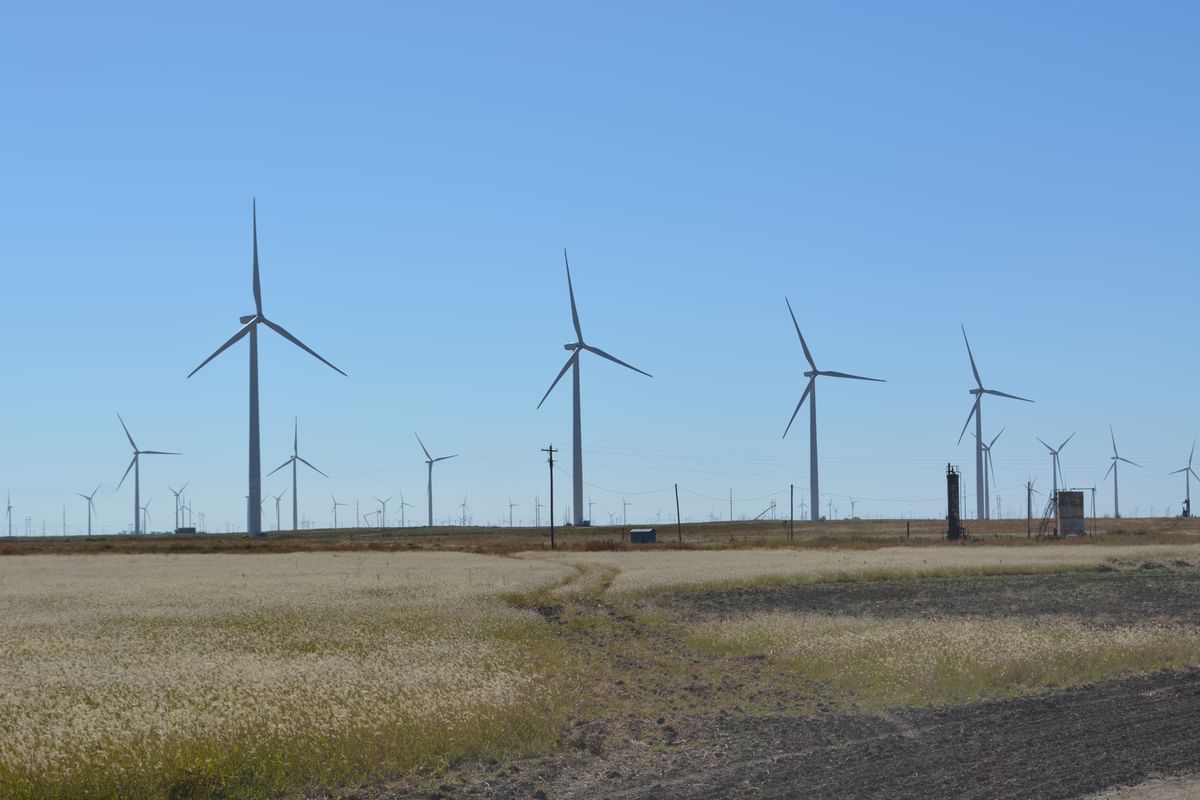
Balko Wind Farm in Oklahoma
Timmons Group is also working with companies to investigate the benefits of offshore wind farming in the Mid-Atlantic region. The team is currently working on a project where Chris has implemented his crews to run survey on land so that ocean-bound turbines can successfully move their power to a grid on the coast. Once power has made it to the coast it will be moved inland to central Virginia where it can be processed and dispersed to homes and businesses. Construction on this project is expected to begin in 2023.
“I think solar makes sense in some places and wind makes sense in others. I also think that nuclear has a place,” Chris says. “If you think about it, the footprint of a nuclear facility can produce the same amount of energy as a solar farm in some instances and without the environmental cost. And while you need a lot of open land for wind energy, it still also has a relatively small footprint because each turbine itself doesn’t require much space. We’re exceling renewable energy resources and standards with the use of all of these energy sources that don’t contribute to greenhouse gases.”
Chris is always on the hunt for new ways to grow the renewables industry. His dual-sided mind is adept at thinking creatively and strategically in leading his team on the wind front. “My favorite part of my role is helping my team solve problems. I’m not an engineer, so I find that the juxtaposition can be really helpful when you’re thinking critically. Plus, everyone in our renewable team management is originally from a different firm. So, we’re getting experienced individuals from different backgrounds with an array of perspectives,” he says.
As our world and environments demand thoughtful alternatives to fossil fuels, creating responsible energy resources is a must. Like Chris said, wind, solar, and nuclear all have their place, but any addition to renewable energy infrastructure is a win.
Check out the Global Wind Day website for all things wind energy including some neat videos about how wind turbines work.
Interested in working with Chris and his renewables team? Check out our open positions at timmons.com/careers.
